The most recent development in amp design is the Class “D” or switching amp. I should acknowledge they were originally called Switching Mode Amplifiers. Considered a nonlinear amplifier design they are best known for their extremely high efficiency. The design uses digital switching to vary the pulse-shape of the signal to achieve higher amplifier efficiency. These amps originally were specifically designed for use commercially for things like shaker tables, where you didn’t have to listen to the design. The first commercially available High-Fidelity amp was introduced in the late 20th century by Infinity. Regrettably it suffered from poor reliability and less than excellent sonics.
Over the years due to advancements in technology, switching amps have improved significantly in performance and sonics. They are most commonly used as subwoofer amps.
Solid State vs Tube Designs
Over the years one of the great controversies in amp design is which is better; tube or solid state? There are a lot of generally accepted characteristics concerning both, like transistor amps have better bass response than tubes amps or tube amps are more musical than transistor amps, but there are exceptions for each. I personally have always loved the musical liquidity of tubes but felt transistor amps had much lower distortion and greater dynamics. But I have since changed my mind. Transistor amps like those from Pass Labs changed my mind about musicality and tube amps like Rogue Audio changed my perception concerning tubes, bass extension and dynamics. Although solid state electronics typically measure far lower in their distortion figures, I have learned that many tube circuits although they measure higher on paper, effectively sonically perform well beyond their specifications.
First, I should specify the electrical differences between tube and solid state. Not to bemoan the obvious, a valve amplifier or tube amplifier is a type of electronic amplifier that uses vacuum tubes to increase the amplitude or power of a signal. Where a solid-state amplifier uses transistors to accomplish the same thing. The most common tube designs utilize a transformer as a buffer between the output of the amp and the speakers. Traditionally early solid-state amps were designed the same way, but today’s designs generally are either direct coupled or capacitor coupled instead. Remember there are exceptions to every rule, but right now I am speaking in generalities not in absolutes.
There are also hybrid Amp designs which most commonly use tubes, like 12AX7s, in the pre-driver stage (sometimes referred to as the front end) and a solid-state output stage. The first hybrid amplifier that I remember was the New York Audio Labs Moscode 600 Amp, but there may be others before that design. Just a side note, I really loved the performance of the Moscode amp. Today there are a lot of hybrid designs especially from China.
Designs like this tend to offer many of the benefits of both circuits while minimizing the negatives.
There is a saying concerning tube amps that goes something like: “It’s only a 20 watt tube amp, but it sounds like 100 watts of solid state”. I would like to attempt an explanation about this comment. First, watts are watts. But how we test amps has a lot to do with what we hear. When we assign a power specification to an amplifier, engineers have decided that we put a load on the output of the amp (typically 8 ohms) then we measure the output wattage from 20Hz to 20kHz. But we only measure the power one frequency at a time. 20Hz, 21Hz, 22Hz….. to 20kHz. Then we take a mean average of that power. But music isn’t just one frequency. Music is a combination of thousands of frequencies all at once.
The difference is how the amplifier handles all those frequencies. Because a tube has a relatively large plate that the electrons pass through, tube amps have no problem passing all those signals at the rated power. However, solid-state amps utilizing extremely small devices have difficulty amplifying the multitude of signals. Typically, mass-market electronics rated at 100 watts per channel actually are only producing 20 watts of full bandwidth signal. So, unless you are evaluating very high-end transistor amps this analogy tends to be true.
This is one of the reasons why high-power transistor amps require many parallel output devices. And most amps with ICs simply can’t perform to spec under real life conditions.
Again, these are generalities, not absolutes, and are my opinion. As I said before, I do have personal biases as to amplifier sonics.
What about Distortion?
I think now would be a good time to discuss distortion. There are two basic types of distortion: Harmonic and Intermodulation, plus there is also both even and odd order distortion.
Harmonic distortion can be explained as any distortion or variation from the original output waveform due to the generation of harmonics.
The integer multiples of a fundamental frequency are called harmonics. In audio amplifiers the frequency of the input signal is referred to as the fundamental frequency, then 1x,2x, 3x, 4x………nx are the harmonics.
Intermodulation distortion is the second type of distortion found in audio amplifiers. In an ideal power amplifier design gain would be purely linear and it would not produce any intermodulation distortion. But all practical audio amplifiers have some non-linearity and when such a system is fed with two or more input frequencies, amplitude modulation occurs between the frequencies and the output may contain sum frequencies, difference frequencies, integer multiples of sum frequencies and integer multiples of difference frequencies.
If F1 and F2 are the two frequencies given to a non-linear system then the result of intermodulation distortion will be F1+F2, F1-F2, n(F1+F2), and n(F1-F2) where “n” is an integer. The integer multiples of the base frequencies F1 and F2 are not produced by intermodulation distortion.
Distortion and Sound
One question is how much distortion is acceptable or unacceptable in an amplifier’s design. One could say that the lower the distortion the better, but there are circumstances when a amplifier with higher distortion sounds better than one with significantly lower distortion.
For example, many tube amplifiers have harmonic distortion between 5 and 10 %. Where it is not unusual to have a solid-state amp with harmonic distortion of .05 or less. Yet in many cases the tube amp sounds better to the human ear than a comparable solid-state amp.
My explanation for this dichotomy has to do with how amplifiers function. My understanding is that solid-state amps amplify both even and odd order signal relatively equally, while tube designs tend to amplify even order signal while suppressing odd order harmonics (or amplifying odd order signal less).
You may ask why does this matter? As humans we tend to be affected differently by different types of sound. Even order sounds like wind, rain and running water tend to relax us, while odd order sound like gun shots, nails on a board, screeching tires or glass breaking excite our fight or flight reaction.
A good example would be going to the beach with the waves crashing and the wind blowing yet we are relaxed and can easily fall asleep, in spite of the loud sounds all around us. Yet is a glass falls and beaks near us our senses are immediately excited.
I have found that listening to a tube amplifier immediately makes me feel relaxed and more involved with the music. This effect is often described as having a warm musical quality. While many solid-state designs are often referred to as hard or dry sounding.
This is a wonderful experiment to try on your own.
Perspective
As I explained earlier, much of what I have discussed is my opinion. You may agree or disagree with what I have said. Hopefully it will generate some discussion and I look forward to hearing your point of view.
Some Terms:
Amplifier properties are given by parameters that include:
Gain, the ratio between the magnitude of output and input signals. Measured in decibels, but usually related to at Watts per channel.
Bandwidth, the width of the useful frequency range. Typically measured between 20Hz and 20KHz.
Efficiency, the ratio between the power of the output and total power
consumption.
Linearity, the extent to which the proportion between input and output amplitude is the same for high amplitude and low amplitude input. The flatter the frequency response the more linear the design.
Noise, a measure of undesired noise mixed into the output. Often referred to as Signal to Noise. It is measured in negative decibels. The larger the number the quieter the amplifier.
Output dynamic range, the ratio of the largest and the smallest useful output levels. See also gain.
Slew rate, the maximum rate of change of the output. Technically it is the speed of the amplifier to collapse the wave form of the signal.
Rise time is also related to slew rate, except rise time is the speed of the amplifier to form the wave. Measured in microseconds. The fewer the better.
Overshoot in the amplifier is also referred to ringing and relates to the amps energy output after the wave form collapse.
Stability, the ability to avoid self-oscillation.
Damping factor is the amount of control the amplifier exhibits as related to the movement of the speaker cone.
- ← Previous page
- (Page 2 of 2)

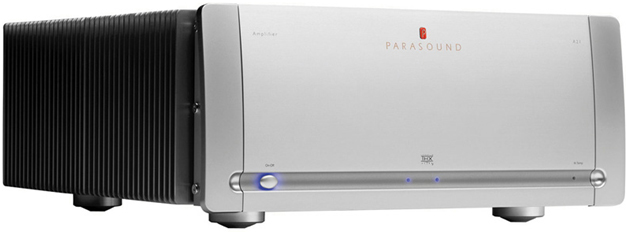
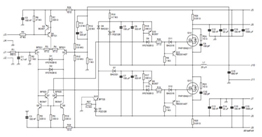
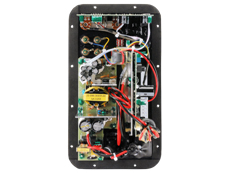
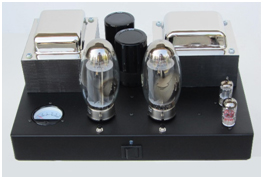
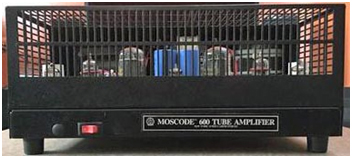
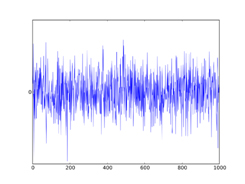
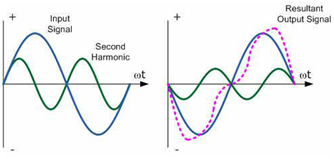
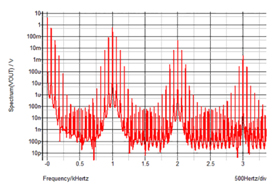
Excellent article. I was into tubes for 20 years, then moved to solid-state. There are newer transistors, like Thermal-Trak and GanFet which are doing a great job of removing the old nasties of transistor gear.
Extremely educational, very insightful and well-thought-out and comprehensive.
Signal doesn’t like cables to reach the speakers which, after reaching wonder shape, enters the squeezed tunnel to travel your destinations. Power amp should be inside sp cabin; number two, if I were a signal would like to be amplified in my private zone why to run all together with other frequencies, result band should be separated by transistors, this will impact low distortion too. Conclusion, there are enough material in market both tube or semi-conductor. To overcome those restrictions but anyhow system still evolve around class A, B, etc.
Thanks for teach us the basics and lesson to learn.
I am glad some people are getting something out of the articles I write. I have two more soon to be released. One is Speaker Technology. Hope you like them.